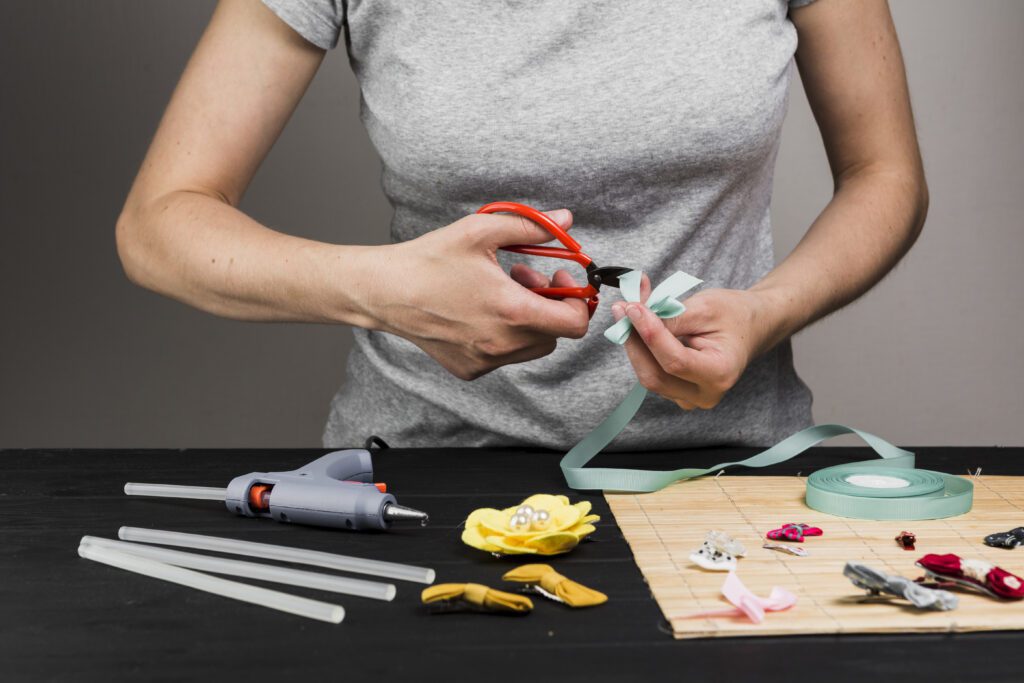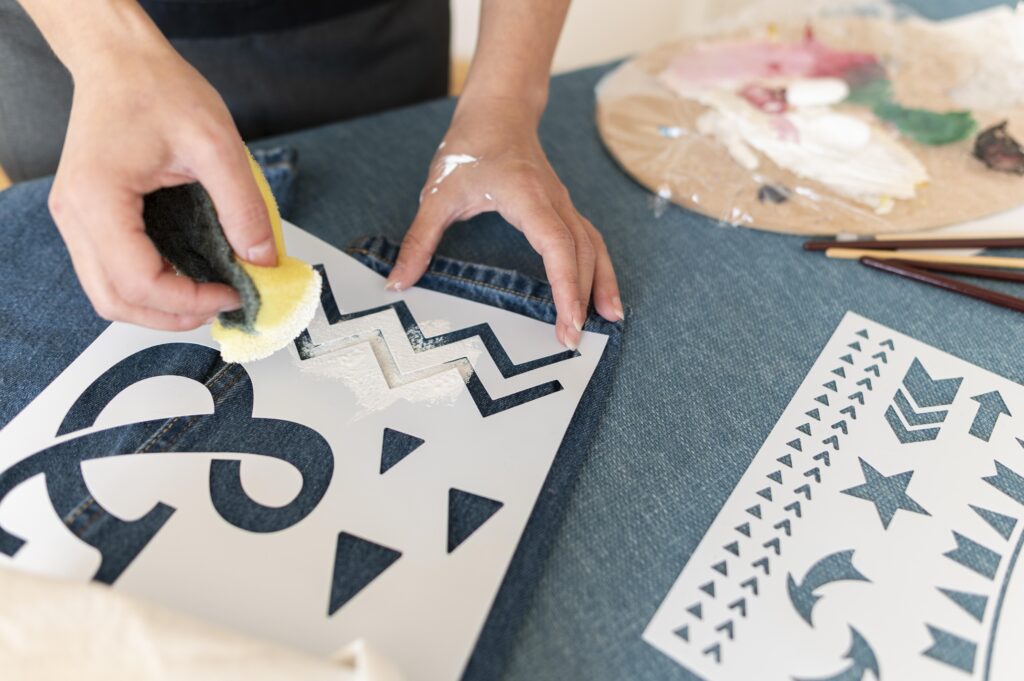Title: Mastering the Art of Painting with Stencils: Tips, Techniques, and Inspiration
Introduction:
Welcome to the world of painting with stencils, a versatile and exciting medium that allows artists to create intricate designs with precision. Whether you’re a beginner or an experienced artist, using stencils can elevate your artwork to new levels of creativity. In this guide, we will delve into the tips, step-by-step techniques, and helpful ideas that will assist you in unleashing your artistic potential. For further resources and inspiration, make sure to explore our website at https://urartstudio.com.
Tip 1: Choosing the Right Stencil:
Select a stencil that complements your artistic vision. Consider factors such as size, design complexity, and material, as each stencil will produce different effects. Sturdy plastic stencils are great for creating crisp lines, while flexible mylar stencils conform to uneven surfaces.
Tip 2: Preparing Your Canvas:
Ensure your canvas is clean, smooth, and dry before starting. Use a primer or gesso to create a suitable surface for the paint and prevent bleeding. You can also lightly sand the canvas to achieve a smoother texture if desired.
Tip 3: Securing the Stencil:
To keep your stencil in place, use painter’s tape or temporary adhesive spray. Ensure the stencil is flat against the canvas to prevent paint seepage underneath. If the stencil has intricate details, gently press down the edges to maintain a tight seal.
Step 1: Planning and Placement:
Sketch your composition lightly on the canvas or visualize the placement of your stencil design. Consider the overall composition and how multiple stencils may interact with each other. Play with different arrangements until you’re satisfied with the layout.
Step 2: Base Coat and Layering:
Begin by applying a base coat of paint using a brush or sponge, covering the stencil area evenly. Let it dry before proceeding to subsequent layers. Experiment with layering different colors to create depth and add dimension to your artwork.
Step 3: Painting with Precision:
Once the base coat is dry, position the stencil over the designated area. Use artists’ brushes or stencil brushes to apply paint through the stencil openings. Work in a dabbing or swirling motion, being careful not to overload the brush with paint. Build up the colors gradually for a cleaner finish.
Step 4: Removing the Stencil and Final Touches:
Carefully lift the stencil straight off the canvas while ensuring not to smudge the painted areas. If any paint has bled or smudged, use a small, clean brush to touch up and refine the design. Take your time to bring out the desired details and clean up any imperfections.

Helpful Ideas for Artists:
- Experiment with different stencil sizes and designs to create unique patterns and effects.
- Combine stencils with other painting techniques, such as blending colors or adding textured backgrounds, to add complexity to your artwork.
- Use masking tape or additional stencils to create borders or frames around your stencil design.
- Explore different types of paints, including acrylics, oils, or even spray paints, to achieve diverse visual effects.
- Incorporate mixed media elements, like collage or texture mediums, to add depth and interest to your stencil art.
Remember, these tips and techniques will provide a strong foundation for your stencil painting journey. Don’t forget to visit our website at https://urartstudio.com for additional free resources, tutorials, and inspiration. Happy painting!




Leave a Reply
You must be logged in to post a comment.